Mammoth Cave is just that – the world’s longest known cave system with more than 400 miles explored to date.
This national park in central Kentucky lies in a limestone belt that extends from southern Indiana through Kentucky and into Tennessee. The vast cave system was formed by rainwater slowly percolating through cracks and pours in the top layer of hard cap rocks into rocks below. This erosion created sinkholes, tunnels and underground rivers that make up the Mammoth Cave system.
The tour we took consisted mainly of large open rooms that neither of us photographed. There were a few features that were pretty impressive and what we’ve come to expect after seeing both Carlsbad (post here) and Kartchner (post here).
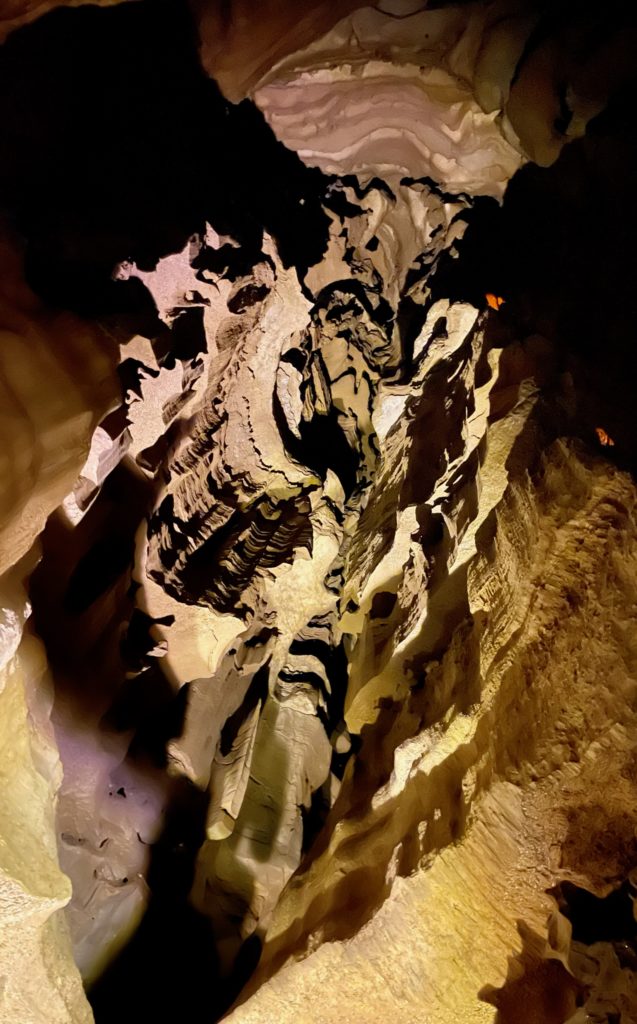
Mammoth Cave 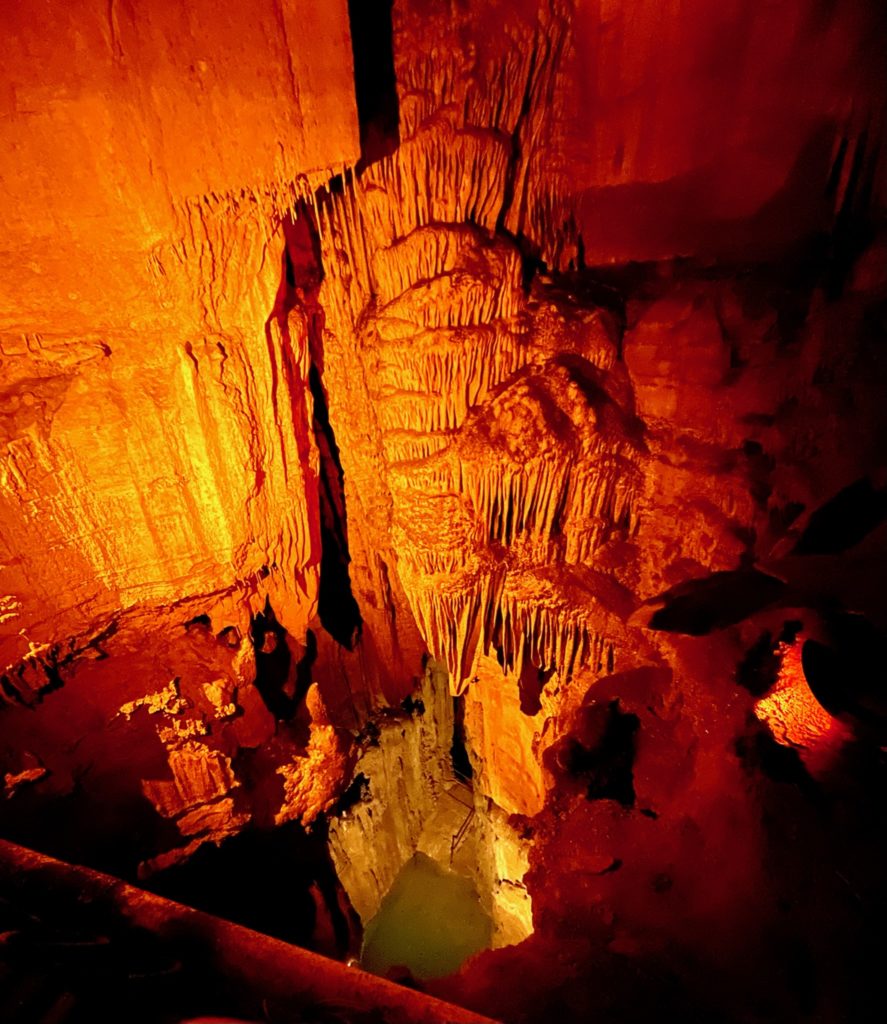
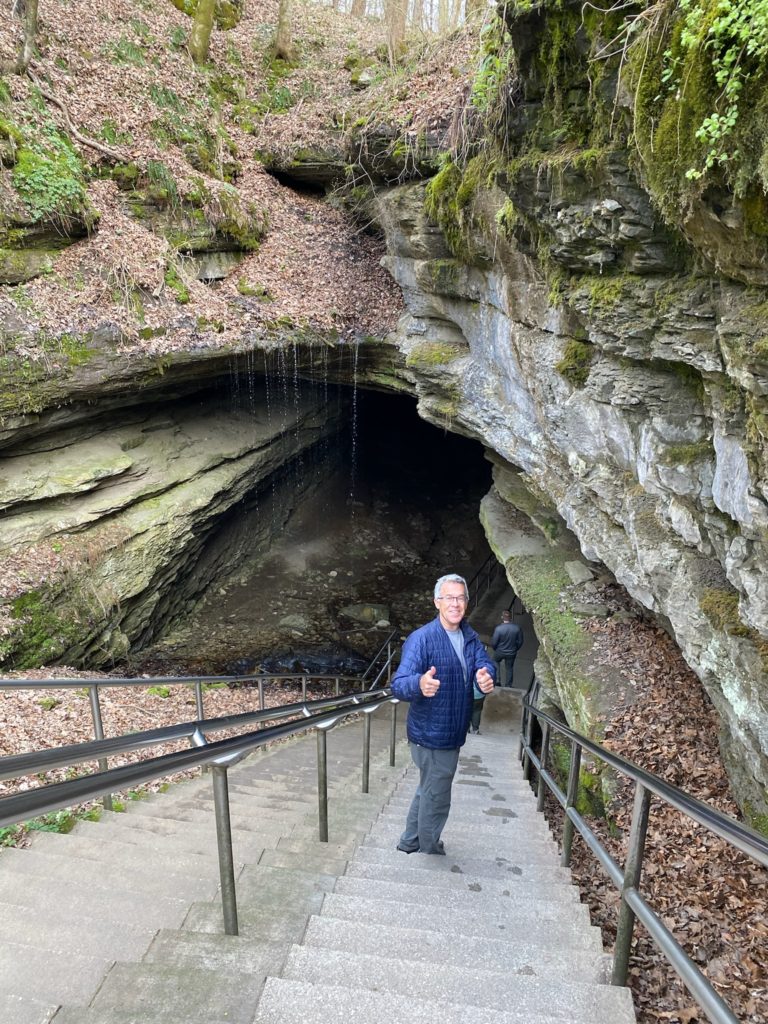
Old entrance 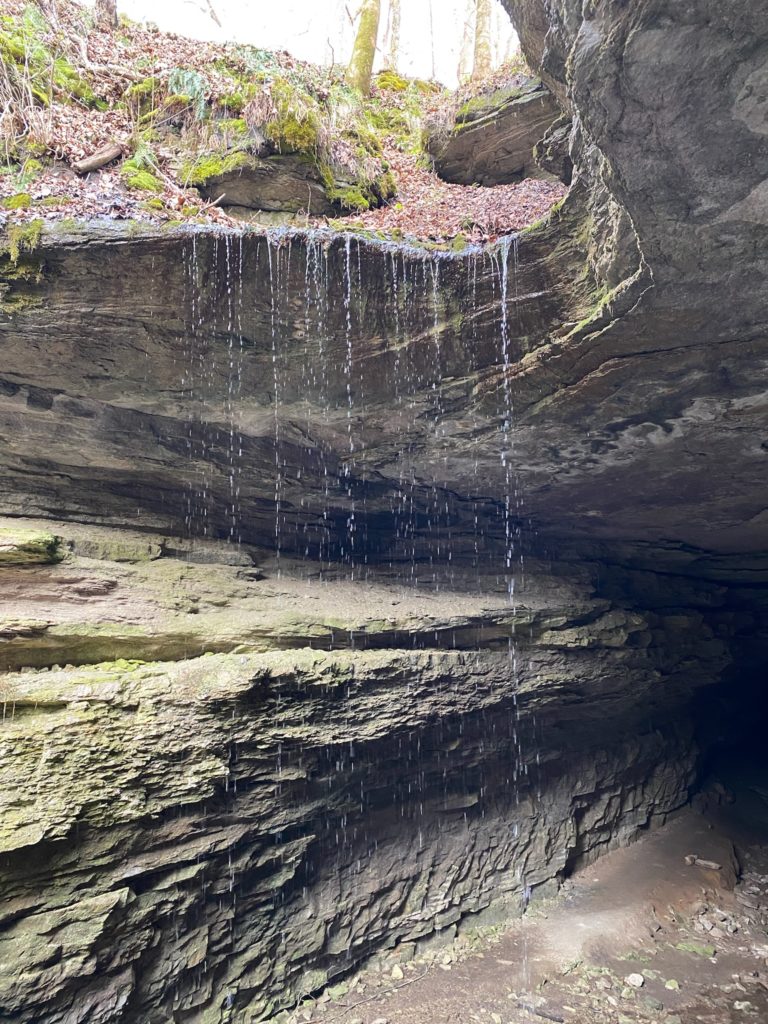
The thing I found most interesting was not how long it is, but that the cave is also one of the oldest tourist attractions in the US.
The cave was discovered by pioneers in the late 1790s. Guides have been leading people through it ever since and have been discovering more and more connections. This was almost a hundred years before Yellowstone National Park was created as the first national park in 1872.
In 1813, the mummy of “Fawn Hoof”, a Native American woman, was found in the cave and then moved to an area for display to visitors. Writings by Nahum Ward in 1815 include a cave map and information about the mummy, making Mammoth Cave famous. By 1816, the first known formal tour took place.
In 1838, an enslaved man named Stephen Bishop, becomes a popular cave guide and is credited with the discovery and mapping of new passageways within the cave. In 1856, he earns his freedom, but remains at Mammoth Cave.
In 1891, a woman by the name of Francis Benjamin Johnston lights potentially explosive pyrotechnic powders mixed in twists of newspaper as a “flash light” to take subterranean photographs inside the cave.
In 1925 the cave gained national media attention when veteran caver, Floyd Collins, became trapped 60 feet below the surface while seeking a more commercially viable tourist entrance point than his off-the-beaten-track Crystal Cave. Collins became the subject of a massive and contentious rescue effort that drew in thousands of curiosity seekers (as well as the National Guard, to try to control the crowds…) and which finally reached him after 17 days – finally by hand digging a separate access shaft. Unfortunately, the rescuers discovered that Floyd had perished from exposure sometime during the prior 5 days that they had lost communication with him due to the cave-in of the original tunnel. The huge publicity generated by Collins’ ordeal and the subsequent stories and even a nationally touring musical ended up providing the impetus to convert the Mammoth Cave complex to a National Park, which finally occurred in 1941.
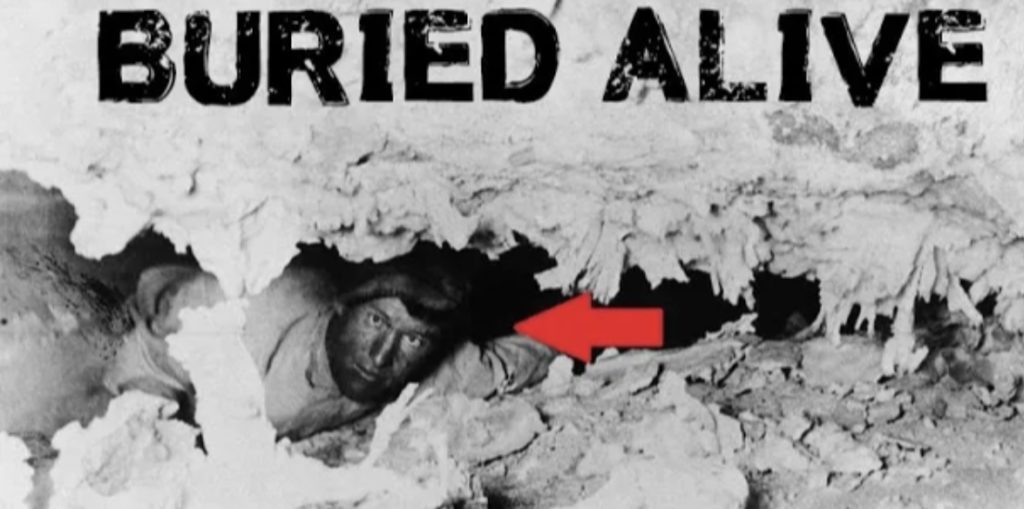
Today, they’ve mapped over 400 miles within the cave system, but they think there could still be another 600 miles left to explore!
If you were part of the exploration team, you’d be pretty excited but, at least based on the tour we chose, if you’re looking to tour a cave that will wow you with a higher density of stalactites, stalagmites, etc., we would recommend Kartchner or Carlsbad over Mammoth.

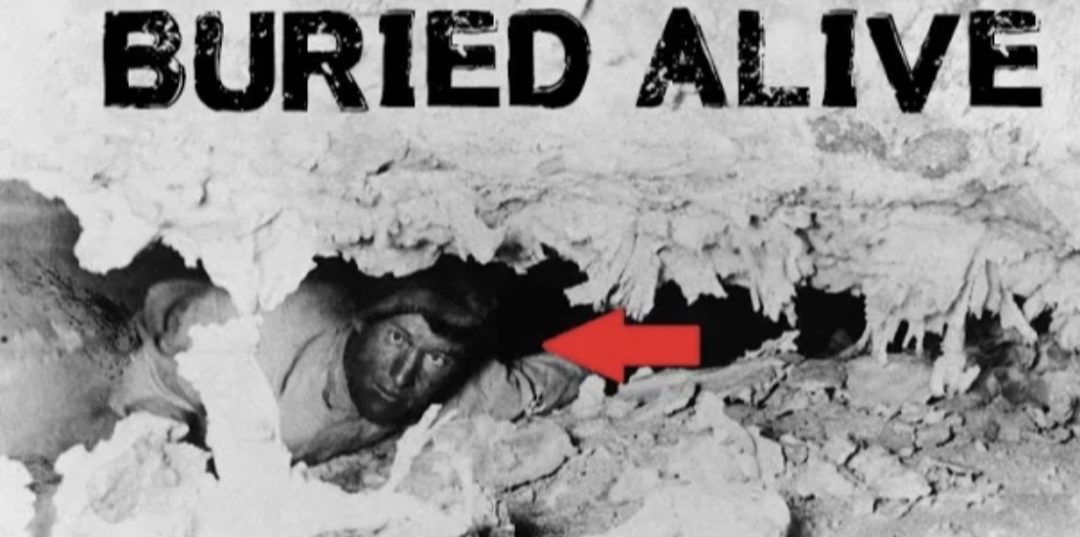
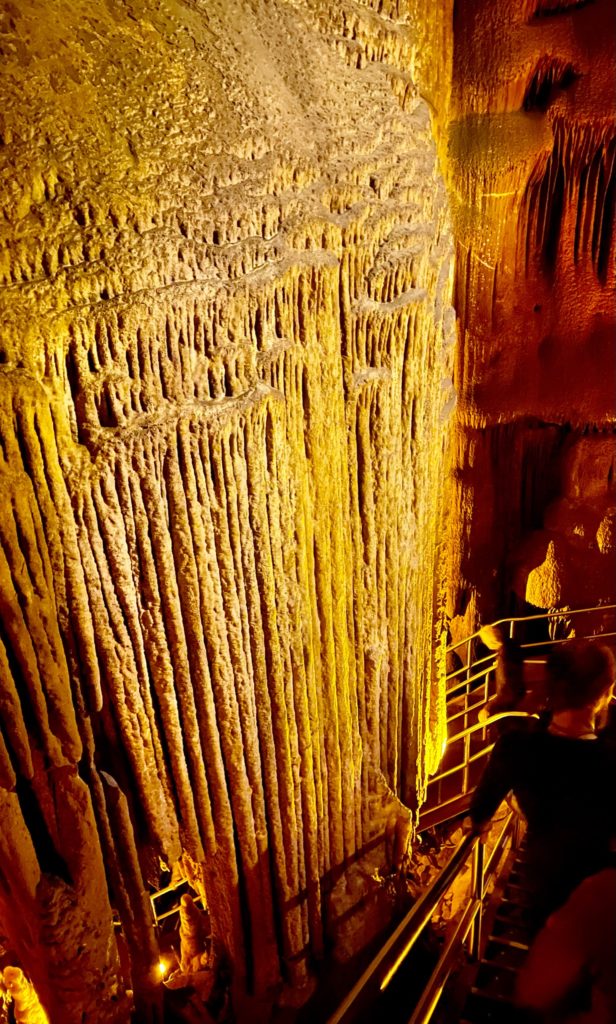
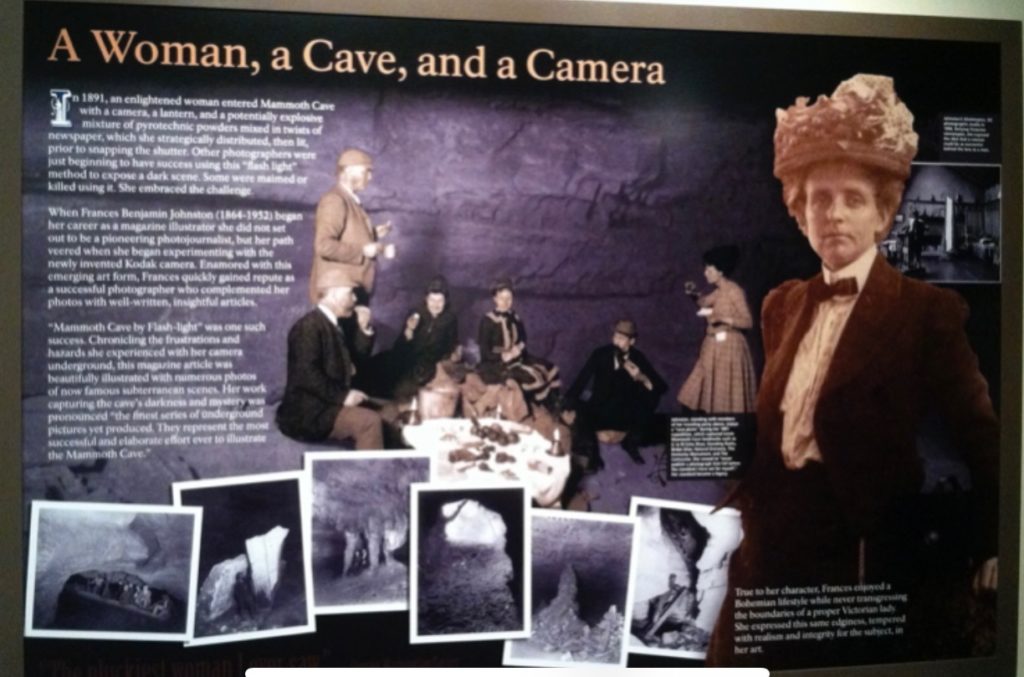
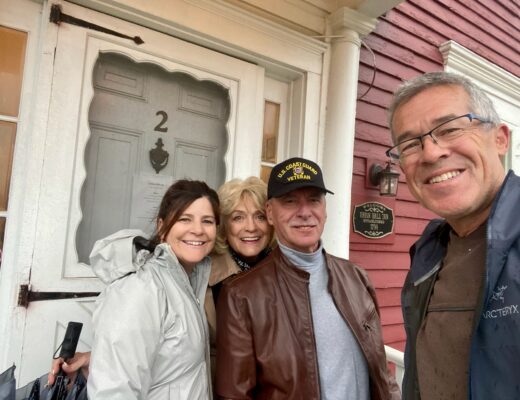









 Did you know that the oldest and largest aviati
Did you know that the oldest and largest aviati








 #camphairdontcar
#camphairdontcar


